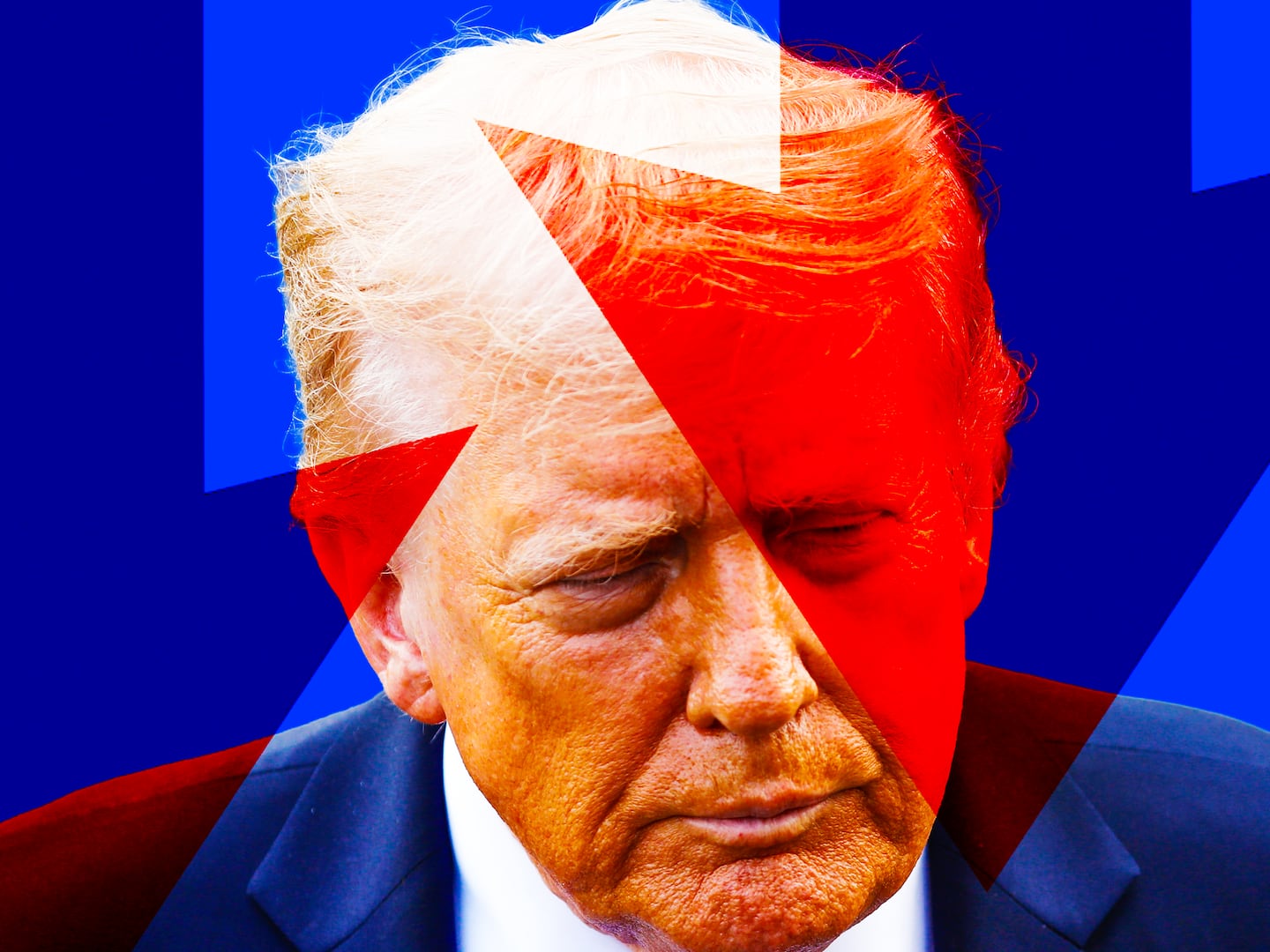For the more than 25 million Americans who are planning to board a plane over the Thanksgiving weekend, holiday travel can pose a logistical nightmare. Bumper-to-bumper traffic, overworked airport staff, and winding security lines make holiday travel long and frustrating.

That’s why the Transportation Security Administration introduced “PreCheck” last year. The program allows travelers to breeze through security without having to remove their jackets, shoes, belts, or laptops. It aims to let low-risk passengers shave off travel time, while allowing the TSA to focus on real security risks. These all-clear fliers are filtered through special lines for expediency.
But how does one make it into this VIP list?
Those already enrolled with programs like Global Entry (which costs $100 for five-years of bypassing customs and immigration), NEXUS (easy entry via the Canadian border), and SENTRI (easy entry via the Mexican border), are eligible to opt-in to PreCheck.
Otherwise, your entry into the fast lane depends on your airline and your departure airport. You need to fly on one of the nine airlines that are currently part of the program, and depart via one of the more than 100 eligible airports that offer the service. Some of the carriers use frequent flyer club membership as entry into the PreCheck, but others only open it to holders of a Known Traveler Number. Here’s a handy list explaining your chance of eligibility for entry into the program via the participating U.S. airlines.
Thankfully, signing up for PreCheck is about to get more streamlined. By the end of this year, TSA aims to establish enrollment centers in Indianapolis and Washington Dulles where, after filling out an online application, passengers can visit to be fingerprinted and interviewed. (They must show up in-person at one of these two centers, but afterwards, if cleared, can fly via all participating airports and airlines without having to join the airline frequent flier programs.) Eighty-five dollars later and you’re in the PreCheck program for five years. Disqualifying factors are fairly predictable: they include major criminal offenses, arrest warrants, prior security-related offenses, or if applicants do not pass immigration requirements.
It’s prime time for the expediting program to be gaining steam. According to a recent report from the U.S. Travel Association called “Thanksgiving in the Skies,” (PDF) 20 percent of major U.S. airports are now experiencing “Thanksgiving-like congestion levels” at least once a week. “Within the next 15 years, every other day will feel like the Wednesday before Thanksgiving at over half of America’s largest airports,” the report ominously promises.
As the PreCheck program grows, some fliers may receive expedited screening without signing up. A TSA spokeswoman told The Washington Post that a quarter of passengers will be eligible for PreCheck. “If you show up clean, you can be randomly selected by TSA,” she said. “The more information you give us about yourself, the more likely you will be selected.”
But even those who are eligible for expedited screening can find themselves bumped back down to plain-old security, which has rubbed some the wrong way. Peter Greenberg, CBS News’s travel editor, recently took to his blog to complain that despite his membership in the PreCheck program, sometimes the system will randomly opt him out. Of his last five flights, he writes, he only scored an encoded boarding pass on three.
If you’re unclear whether you made it into the fast lane, one small amendment on your boarding pass will clue you in: “TSA PRE” means don’t bother with your coat, shoes, or jewelry, just keep your pace and enjoy an extra few minutes at the gate.






